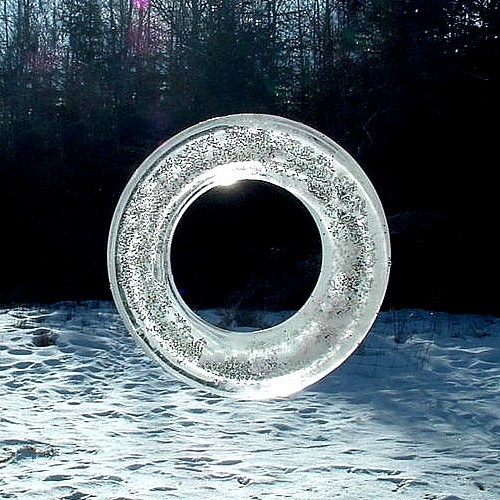 You want to stab somebody with an icicle. Good. It’s best when the murder weapon disappears. Here’s the plan:
You want to stab somebody with an icicle. Good. It’s best when the murder weapon disappears. Here’s the plan:
Acquisition of Murder Weapon
If you are harvesting from the wild, look for something sharp, sized for the hand. Cultivating your own icicle is preferable for the amount of control you have over the finished product. In this case find a steep roof and dribble water down a corner daily. Once ready, your icicle can and should be carved and shaped for a good penetrative point, but not one so slender it will break. There’s a middle ground here so you may wish to preform a few practice murders before the real one. Trial and error.
Placement of Murder Weapon
Is the crime scene cold? If it is, sky’s the limit. The best place to hide something is plain sight, right in everybody’s face. Try blending your weapon into a fancy ice sculpture. Or you could just carry it with you, simple as that. If you are in a situation where it is too warm for your weapon, you’ll have to source a freezer or a portable cooler you can pack with dry ice. Bonus: you can kill with dry ice fumes and that also disappears.
Use of Murder Weapon
Your weapon will be overly cold with unmet slipperiness that only gets worse as it melts, so you’ll have to wear gloves. Go for something with nubs or thorns on the palms. You’ll need as much force as possible to penetrate your victim and you can’t afford to lose your grip.
Target
Go for the throat. Anywhere on the neck is deadly. Bonus, even when a victim is bundled up for cold weather, they often forget to wear a scarf. Don’t worry that the cold from the ice will constrict the victim’s blood vessels and slow bleeding, this is a myth. The constriction of the blood vessels prevents enough platelets from arriving at the wound site to effectively coagulate the blood, and will end in prolonged bleeding. Good. If you have dry ice, dump it under the victim’s nose and get out.
Disappearance of Murder Weapon
Pay attention to the weather. If it is too cold outside your murder weapon will melt slowly or not at all. Run the numbers: H2O (s)H2O (l) when ∆H = 6.01 kJ/mol, remembering that Q = mLf = (1.0 kg)(334 kJ/kg) = 334 kJ, but you do the math. It’s your murder, I’ll have nothing to do with it. I’m peacing out.



